Your cart is currently empty!
Tag: Navigating

From Outages to Recovery: Navigating the Challenges of Data Center Downtime
Data center downtime can be a major headache for businesses, causing disruptions in operations, loss of revenue, and damage to reputation. From power outages to hardware failures, there are numerous factors that can lead to downtime in a data center. However, it is how businesses navigate and recover from these challenges that can make all the difference.The first step in dealing with data center downtime is to have a solid disaster recovery plan in place. This plan should outline the steps that need to be taken in the event of a data center outage, including how to quickly identify the cause of the downtime, how to restore services, and how to minimize the impact on the business. Having a well-thought-out disaster recovery plan can help businesses respond swiftly and effectively to downtime incidents.
In addition to having a disaster recovery plan, businesses should also invest in redundant systems and backup solutions to ensure that critical data and services can be quickly restored in the event of a outage. Redundancy can help minimize the impact of downtime by providing alternative systems and resources that can take over in case of a failure.
Furthermore, businesses should regularly test their disaster recovery and backup solutions to ensure that they are effective and reliable. Testing can help identify any weaknesses in the system and allow businesses to make necessary adjustments to improve their response to downtime incidents.
When downtime does occur, it is important for businesses to communicate with their customers and stakeholders to keep them informed about the situation and the steps being taken to address it. Transparency and timely updates can help maintain trust and credibility with customers, even in the face of a downtime event.
After the downtime incident has been resolved, businesses should conduct a post-mortem analysis to identify the root causes of the outage and to determine what steps can be taken to prevent similar incidents in the future. By learning from past downtime events, businesses can improve their resilience and readiness to handle future challenges.
In conclusion, navigating the challenges of data center downtime requires a combination of proactive planning, investment in redundant systems, effective communication, and continuous improvement. By taking these steps, businesses can minimize the impact of downtime incidents and ensure that they are able to recover swiftly and effectively from any disruptions to their data center operations.

Data Center Efficiency in the Digital Age: Navigating Operational Challenges
In today’s digital age, data centers play a crucial role in storing, processing, and managing the vast amounts of data generated by businesses and individuals. As the demand for data continues to grow exponentially, data center efficiency has become a top priority for organizations looking to optimize their operations and reduce costs.However, navigating the operational challenges of data center efficiency can be a complex and daunting task. From managing power and cooling systems to maximizing server utilization and minimizing downtime, there are a myriad of factors that can impact the efficiency of a data center. In this article, we will explore some of the key challenges that organizations face in achieving data center efficiency and provide tips on how to overcome them.
One of the biggest challenges facing data centers today is the increasing demand for power and cooling. As data centers continue to grow in size and complexity, the amount of energy required to power and cool servers has also increased significantly. This not only adds to operational costs but also puts a strain on resources and can lead to environmental concerns.
To address this challenge, organizations can implement energy-efficient technologies such as virtualization, which allows multiple virtual servers to run on a single physical server, reducing the overall energy consumption. Additionally, organizations can optimize their cooling systems by using advanced cooling techniques such as hot aisle/cold aisle containment and adjusting temperature settings based on server workload.
Another key challenge in data center efficiency is maximizing server utilization. Many data centers operate at a fraction of their full capacity, leading to wasted resources and increased costs. By implementing server consolidation strategies such as workload balancing and dynamic resource allocation, organizations can improve server utilization and reduce operational expenses.
In addition to power and cooling challenges, organizations also face the risk of downtime, which can have a significant impact on business operations. Downtime can result from a variety of factors, including hardware failures, software glitches, and human error. To minimize the risk of downtime, organizations should implement robust monitoring and maintenance practices, conduct regular audits of hardware and software systems, and develop comprehensive disaster recovery plans.
Overall, achieving data center efficiency in the digital age requires a holistic approach that addresses the various operational challenges faced by organizations. By implementing energy-efficient technologies, maximizing server utilization, and mitigating the risk of downtime, organizations can optimize their data center operations and enhance their overall business performance. With the right strategies and tools in place, organizations can navigate the complexities of data center efficiency and position themselves for success in the digital age.
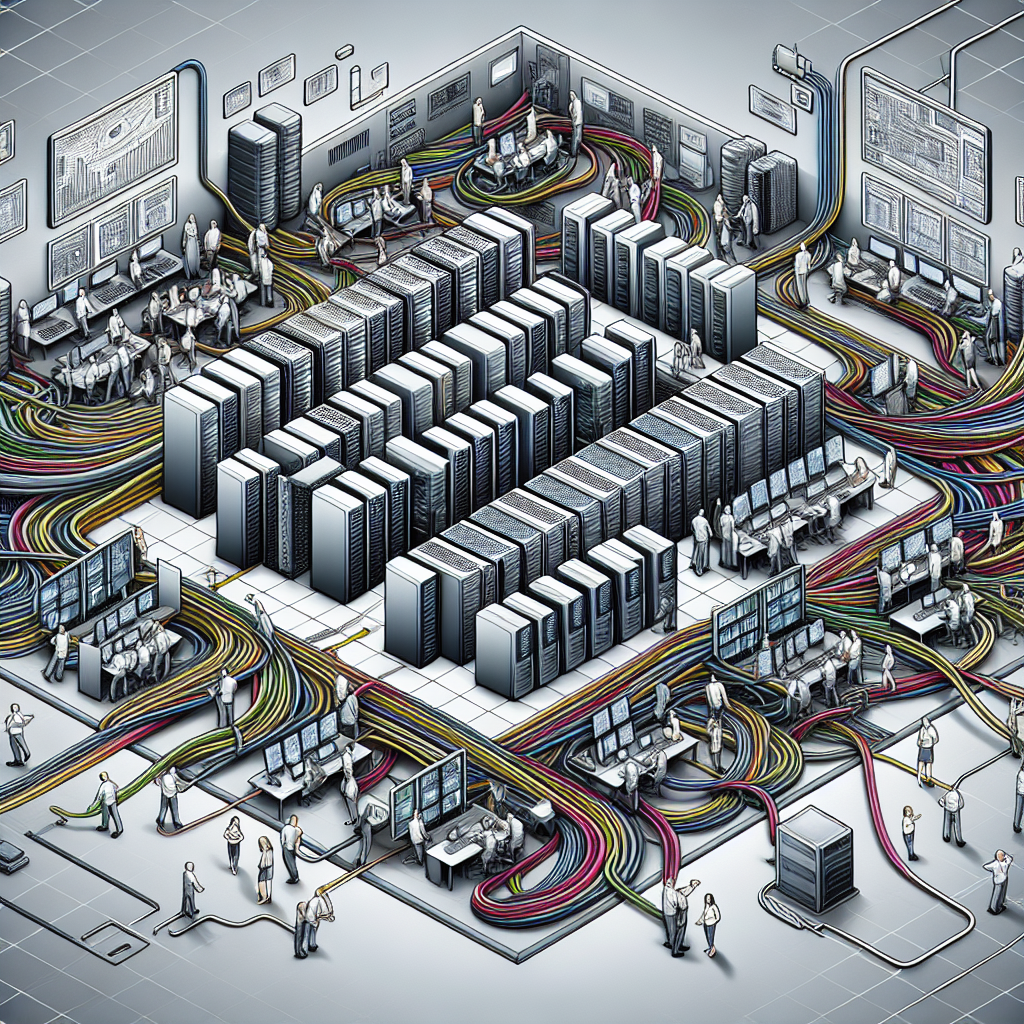
Navigating the Complex World of Data Center Storage: Tips for IT Professionals
Data center storage is a crucial aspect of IT infrastructure that plays a vital role in the success of businesses today. With the increasing amount of data being generated and stored, IT professionals are faced with the challenge of managing and navigating the complex world of data center storage efficiently.Here are some tips for IT professionals to navigate the complex world of data center storage:
1. Understand the different types of data storage: There are various types of data storage options available, such as direct-attached storage (DAS), network-attached storage (NAS), and storage area networks (SAN). It is essential to understand the differences between these storage options and choose the one that best suits your organization’s needs.
2. Determine your storage requirements: Before investing in data center storage solutions, it is crucial to determine your organization’s storage requirements. Consider factors such as data volume, performance requirements, scalability, and budget constraints.
3. Implement data tiering: Data tiering involves organizing data into different tiers based on its importance and access frequency. By implementing data tiering, IT professionals can optimize storage resources and improve performance by storing frequently accessed data on faster storage media and less frequently accessed data on slower storage media.
4. Implement data deduplication and compression: Data deduplication and compression technologies help reduce storage space by eliminating duplicate data and compressing data to save storage space. By implementing these technologies, IT professionals can optimize storage resources and reduce storage costs.
5. Implement data backup and disaster recovery solutions: Data backup and disaster recovery solutions are essential for ensuring data protection and business continuity. IT professionals should implement robust backup and disaster recovery solutions to protect critical data and ensure quick recovery in the event of a data loss or disaster.
6. Monitor and optimize storage performance: Monitoring storage performance is essential for identifying and addressing performance bottlenecks proactively. IT professionals should regularly monitor storage performance metrics, such as IOPS, latency, and throughput, and optimize storage configurations to ensure optimal performance.
7. Stay updated on storage technologies: The field of data center storage is constantly evolving, with new technologies and trends emerging regularly. IT professionals should stay updated on the latest storage technologies and trends to stay ahead of the curve and make informed decisions when investing in storage solutions.
Navigating the complex world of data center storage can be challenging for IT professionals, but by understanding the different types of data storage, determining storage requirements, implementing data tiering, deduplication, and compression, and staying updated on storage technologies, IT professionals can effectively manage and optimize data center storage to support their organization’s needs and goals.
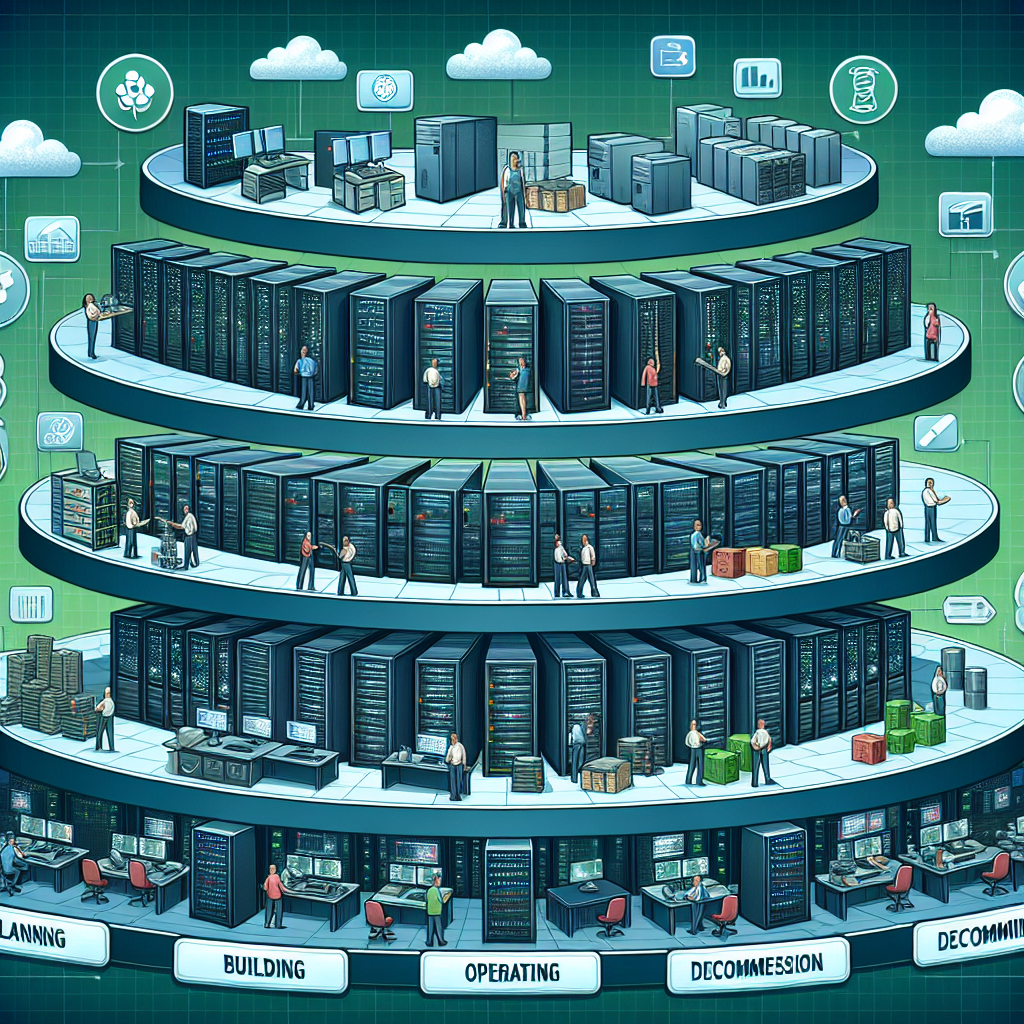
Navigating Challenges in Data Center Lifecycle Management: Tips and Tricks for Success
Data centers play a crucial role in the operation of businesses, serving as the nerve center for storing and processing data. As data centers continue to grow in importance, organizations are faced with the challenge of managing the lifecycle of these facilities efficiently. From planning and deployment to maintenance and decommissioning, navigating the various stages of the data center lifecycle requires careful planning and execution. In this article, we will discuss some tips and tricks for success in managing data center lifecycle effectively.1. Plan for Scalability: One of the key challenges in data center lifecycle management is ensuring scalability. As the demand for data storage and processing power continues to increase, organizations must plan for future growth when designing and building their data centers. This includes considering factors such as power and cooling requirements, space constraints, and networking infrastructure to accommodate future expansion.
2. Adopt a Modular Approach: To address the challenges of scalability and flexibility, many organizations are turning to modular data center designs. Modular data centers allow for easy expansion and customization, making it easier to adapt to changing business needs. By breaking down the data center into smaller, self-contained units, organizations can quickly deploy additional capacity as needed without disrupting existing operations.
3. Implement Energy-Efficient Solutions: With the rising cost of energy and growing concerns about environmental impact, energy efficiency has become a top priority for data center operators. Implementing energy-efficient solutions such as virtualization, server consolidation, and efficient cooling systems can help reduce operating costs and minimize the carbon footprint of the data center. Regular energy audits and monitoring can help identify areas for improvement and optimize energy usage.
4. Regular Maintenance and Upgrades: Like any other infrastructure, data centers require regular maintenance to ensure optimal performance and reliability. This includes conducting routine inspections, performing preventive maintenance on equipment, and upgrading outdated hardware and software. By staying proactive in maintenance and upgrades, organizations can minimize downtime and extend the lifespan of their data center equipment.
5. Disaster Recovery Planning: Data centers are vulnerable to a wide range of risks, including natural disasters, cyber attacks, and equipment failures. To mitigate these risks, organizations must develop a comprehensive disaster recovery plan that includes backups, redundant systems, and failover mechanisms. Regular testing of disaster recovery procedures is essential to ensure that the data center can quickly recover from any unexpected events.
6. Partner with Experienced Providers: Managing the lifecycle of a data center can be complex and challenging, requiring specialized knowledge and expertise. Partnering with experienced data center providers can help organizations navigate the various stages of the lifecycle more effectively. These providers can offer valuable insights, best practices, and support services to ensure the success of data center operations.
In conclusion, managing the lifecycle of a data center requires careful planning, proactive maintenance, and a focus on scalability and efficiency. By adopting a modular approach, implementing energy-efficient solutions, and partnering with experienced providers, organizations can navigate the challenges of data center lifecycle management successfully. With the right strategies and tools in place, organizations can ensure that their data centers continue to meet the growing demands of the digital age.

Navigating Data Center Repair Challenges in the Digital Age
In today’s digital age, data centers play a crucial role in storing and managing large amounts of information for businesses and organizations. However, like any other piece of technology, data centers are prone to breakdowns and malfunctions that can disrupt operations and cause significant downtime. Navigating data center repair challenges in the digital age requires a proactive approach and a deep understanding of the complex systems that make up these facilities.One of the biggest challenges in data center repair is identifying the root cause of the issue. Data centers are made up of a multitude of components, from servers and storage devices to networking equipment and cooling systems. When something goes wrong, it can be difficult to pinpoint the exact source of the problem. This is where having a solid maintenance and monitoring strategy in place can make all the difference. Regular inspections, performance monitoring, and predictive analytics can help detect potential issues before they escalate into major problems.
Another challenge in data center repair is the sheer scale and complexity of these facilities. Data centers are often massive, sprawling complexes that house thousands of servers and other critical infrastructure. Repairing a single component can involve navigating a maze of cables and equipment, making the process time-consuming and labor-intensive. To overcome this challenge, data center technicians need to have a thorough understanding of the layout and configuration of the facility, as well as access to the necessary tools and equipment to perform repairs efficiently.
In addition to the physical challenges of data center repair, there are also security and compliance considerations to take into account. Data centers store sensitive and confidential information, making them a prime target for cyber attacks and data breaches. When performing repairs, technicians need to ensure that they are following strict security protocols to protect the integrity of the data being stored. Compliance with industry regulations and standards, such as GDPR and HIPAA, is also crucial to avoid legal repercussions and financial penalties.
Overall, navigating data center repair challenges in the digital age requires a combination of technical expertise, proactive maintenance strategies, and a strong focus on security and compliance. By staying ahead of potential issues, investing in monitoring and diagnostic tools, and following best practices for data center maintenance, organizations can minimize downtime and ensure the reliability of their critical infrastructure. In a world where data is king, keeping data centers up and running smoothly is more important than ever.

Navigating the World of Data Centers: A Comprehensive Training Program
In today’s digital age, data centers play a crucial role in storing, processing, and managing the vast amounts of data that organizations generate on a daily basis. As more and more businesses rely on data centers to support their operations, the demand for skilled professionals who can navigate the complex world of data centers continues to grow.To meet this demand, a comprehensive training program has been developed to equip individuals with the knowledge and skills needed to excel in the field of data center management. This program covers a wide range of topics, including data center design and architecture, networking and security, server and storage systems, virtualization technologies, and cloud computing.
One of the key components of the training program is hands-on experience with the latest data center technologies. Participants have the opportunity to work with industry-standard equipment and software, gaining practical experience that will prepare them for real-world scenarios. They also have the chance to learn from experienced professionals who can provide valuable insights and guidance.
In addition to technical skills, the training program also focuses on soft skills such as communication, problem-solving, and teamwork. These skills are essential for success in the field of data center management, as professionals often need to collaborate with colleagues and stakeholders to solve complex problems and achieve organizational goals.
Upon completion of the training program, participants will have the knowledge and skills needed to pursue a variety of career opportunities in the field of data center management. They may choose to work as data center technicians, network administrators, systems engineers, or cloud architects, among other roles.
Overall, navigating the world of data centers can be a challenging but rewarding experience for those who are willing to invest the time and effort in comprehensive training programs. With the right skills and knowledge, individuals can build successful careers in this rapidly-growing field and make a meaningful impact on the organizations they support.
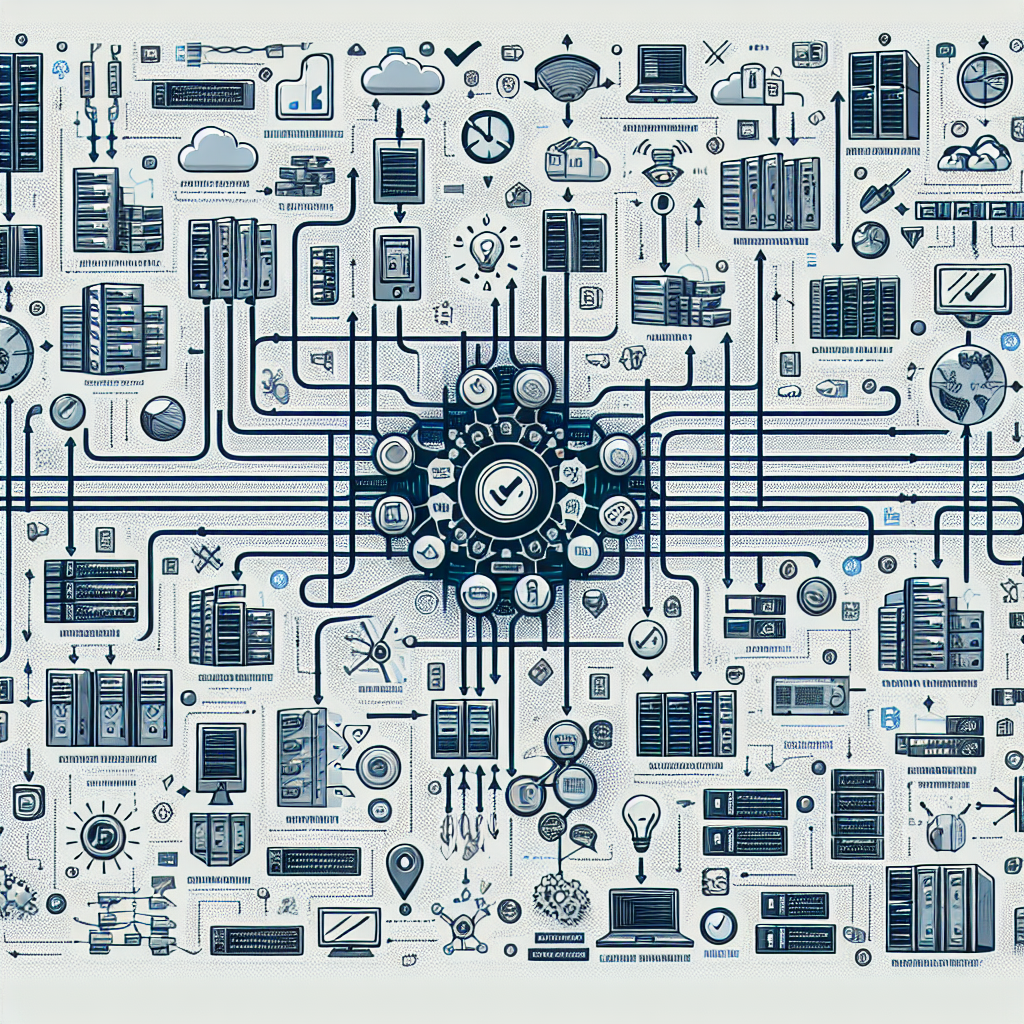
Navigating the Complexities of Data Center Infrastructure Management (DCIM): Tips and Best Practices
In today’s digital age, data centers play a crucial role in the operations of businesses and organizations. As the amount of data continues to grow exponentially, managing data center infrastructure has become increasingly complex. This is where Data Center Infrastructure Management (DCIM) comes into play.DCIM is a software solution that helps organizations monitor, manage, and optimize their data center infrastructure. It provides a holistic view of the data center, including power usage, cooling systems, and rack space utilization. However, navigating the complexities of DCIM can be challenging for many organizations. To help streamline the process, here are some tips and best practices to consider:
1. Define your goals and objectives: Before implementing a DCIM solution, it is important to clearly define your goals and objectives. Determine what you want to achieve with DCIM, whether it is improving efficiency, reducing costs, or increasing uptime. Having a clear understanding of your objectives will help guide the implementation process.
2. Conduct a thorough assessment of your data center: Before implementing DCIM, it is essential to conduct a thorough assessment of your data center infrastructure. This includes inventorying all hardware and equipment, documenting power and cooling systems, and identifying any potential areas for improvement. This information will help you understand the current state of your data center and identify areas where DCIM can make a difference.
3. Choose the right DCIM solution: There are many DCIM solutions available on the market, each offering different features and capabilities. It is important to carefully evaluate your options and choose a solution that aligns with your goals and requirements. Consider factors such as scalability, ease of use, integration capabilities, and support services.
4. Implement best practices for data center management: In addition to implementing a DCIM solution, it is important to follow best practices for data center management. This includes regularly monitoring and analyzing key performance indicators, implementing energy-efficient practices, and conducting regular maintenance and upgrades. By following best practices, you can optimize the performance and efficiency of your data center infrastructure.
5. Train your staff: Implementing a DCIM solution requires training your staff on how to use the software effectively. Ensure that your IT team is properly trained on the features and functionalities of the DCIM solution and provide ongoing support and education as needed. This will help maximize the benefits of DCIM and ensure that your data center infrastructure is well-managed.
In conclusion, navigating the complexities of Data Center Infrastructure Management (DCIM) requires careful planning, assessment, and implementation. By following these tips and best practices, organizations can streamline the process and optimize the performance of their data center infrastructure. With the right approach, DCIM can help organizations improve efficiency, reduce costs, and increase uptime in their data centers.
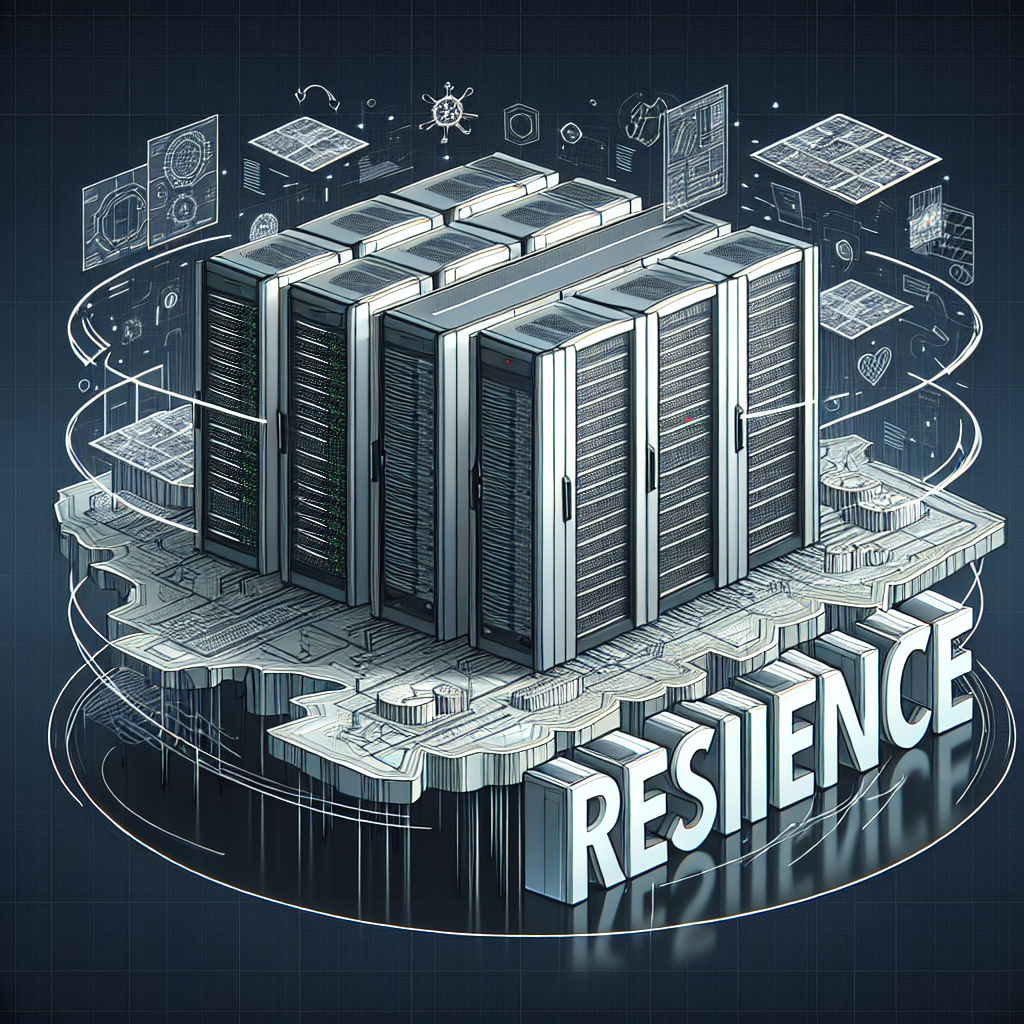
Navigating Disruptions: Strategies for Data Center Resilience
In today’s fast-paced digital world, data centers play a critical role in ensuring the smooth operation of businesses and organizations. These facilities house servers, storage devices, and networking equipment that store and manage vast amounts of data essential for day-to-day operations. However, data centers are not immune to disruptions, which can range from power outages and equipment failures to natural disasters and cyberattacks. To ensure the resilience of data centers in the face of such disruptions, it is essential to have strategies in place to navigate and mitigate potential risks.One of the key strategies for data center resilience is redundancy. This involves having backup systems and components in place to ensure continuous operation in the event of a disruption. Redundancy can take many forms, including duplicate power supplies, networking equipment, and cooling systems. By having redundant systems in place, data centers can continue to function even if one component fails, minimizing downtime and ensuring business continuity.
Another important strategy for data center resilience is disaster recovery planning. This involves developing a comprehensive plan for responding to and recovering from disruptions, such as power outages, natural disasters, or cyberattacks. A good disaster recovery plan should include procedures for data backup and restoration, as well as protocols for communication and coordination with key stakeholders. By having a solid disaster recovery plan in place, data centers can minimize the impact of disruptions and quickly resume normal operations.
In addition to redundancy and disaster recovery planning, data centers can also enhance their resilience through proactive monitoring and maintenance. Regularly monitoring the performance of systems and equipment can help identify potential issues before they escalate into disruptions. Likewise, conducting routine maintenance and inspections can help prevent equipment failures and ensure the smooth operation of data center infrastructure.
Furthermore, data centers can benefit from implementing advanced technologies such as virtualization and cloud computing. Virtualization allows for the consolidation of servers and storage devices, reducing the physical footprint of data centers and improving efficiency. Cloud computing, on the other hand, enables data centers to offload some of their workload to external cloud providers, reducing the risk of disruptions and enhancing scalability.
Overall, navigating disruptions and ensuring the resilience of data centers requires a comprehensive approach that includes redundancy, disaster recovery planning, proactive monitoring and maintenance, and the adoption of advanced technologies. By implementing these strategies, data centers can minimize downtime, protect critical data, and ensure the smooth operation of businesses and organizations in an increasingly digital world.

Navigating the Challenges of Data Center IT Operations
Data centers are the backbone of modern businesses, serving as the central hub for storing and processing vast amounts of data. With the exponential growth of data in recent years, the demand for efficient and reliable data center IT operations has become more critical than ever. However, managing a data center comes with its own set of challenges, ranging from ensuring high availability and security to optimizing performance and scalability.One of the primary challenges of data center IT operations is ensuring high availability. Downtime in a data center can have severe consequences, leading to lost revenue, damaged reputation, and even legal repercussions. To mitigate the risk of downtime, data center managers must implement robust disaster recovery and backup strategies, as well as invest in redundant hardware and network infrastructure. Regular monitoring and maintenance of critical systems are also essential to identify and address potential issues before they escalate into full-blown outages.
Security is another major concern for data center IT operations. With cyber threats becoming more sophisticated and prevalent, data centers are prime targets for malicious actors looking to steal sensitive information or disrupt operations. To safeguard against security breaches, data center managers must implement multi-layered security measures, including firewalls, intrusion detection systems, encryption, and access control mechanisms. Regular security audits and penetration testing can help identify vulnerabilities and ensure compliance with industry regulations.
Performance optimization is also a key challenge for data center IT operations. As data volumes continue to grow, data centers must be able to handle increasing workloads without compromising on speed and efficiency. This requires regular capacity planning, performance tuning, and workload balancing to ensure that resources are allocated appropriately and applications are running smoothly. Monitoring tools can help track performance metrics and identify bottlenecks, allowing data center managers to make informed decisions about resource allocation and optimization.
Scalability is another challenge that data center IT operations must address. As businesses grow and their data needs expand, data centers must be able to scale up or down quickly and efficiently to accommodate changing demands. This requires a flexible infrastructure that can easily adapt to new technologies and business requirements. Virtualization and cloud computing technologies can help data centers achieve greater scalability by enabling dynamic resource allocation and on-demand provisioning of services.
In conclusion, navigating the challenges of data center IT operations requires a comprehensive approach that addresses high availability, security, performance optimization, and scalability. By implementing best practices and leveraging advanced technologies, data center managers can ensure that their data centers operate efficiently and reliably, meeting the needs of their business and customers. With the right strategies in place, data centers can continue to serve as the foundation for digital transformation and innovation in the modern business landscape.
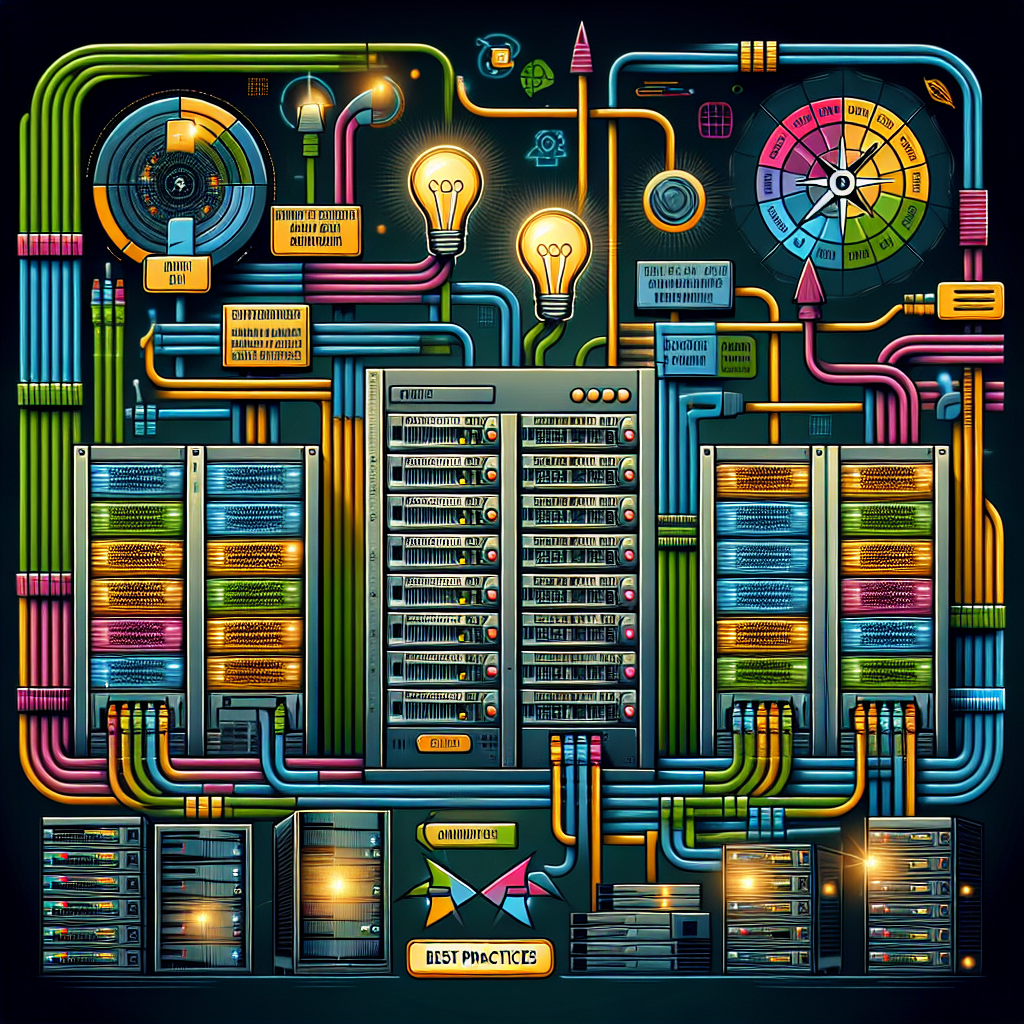
Navigating the Complexities of Data Center Audits: Best Practices and Tips
Data centers are the nerve centers of modern organizations, housing critical IT infrastructure and data. Ensuring that these facilities are operating efficiently and securely is paramount for businesses of all sizes. One of the key ways to maintain the integrity of a data center is through regular audits.Data center audits can be a complex and time-consuming process, but they are essential for identifying and addressing potential risks and vulnerabilities. Navigating the complexities of data center audits requires careful planning and attention to detail. Here are some best practices and tips for conducting a successful data center audit:
1. Establish clear objectives: Before beginning an audit, it is important to establish clear objectives and goals. What are the key areas of concern that need to be addressed? Are there specific compliance requirements that need to be met? Having a clear understanding of the scope of the audit will help ensure that all necessary areas are covered.
2. Create a detailed audit plan: Once the objectives of the audit have been established, create a detailed audit plan outlining the specific steps and processes that will be followed. This plan should include a timeline, a list of key stakeholders, and a breakdown of the areas that will be evaluated.
3. Review documentation and policies: Before conducting the audit, review all relevant documentation and policies related to the data center. This includes security policies, disaster recovery plans, and any compliance requirements that need to be met. Understanding these documents will help guide the audit process and ensure that all necessary areas are covered.
4. Conduct a physical inspection: A key component of a data center audit is conducting a physical inspection of the facility. This includes evaluating the security measures in place, the cleanliness and organization of the data center, and the overall condition of the equipment. Look for any signs of wear and tear or potential security vulnerabilities that need to be addressed.
5. Test the systems and controls: In addition to a physical inspection, it is important to test the systems and controls in place within the data center. This includes conducting vulnerability scans, penetration tests, and other security assessments to identify any potential weaknesses. It is also important to test the effectiveness of disaster recovery plans and backup systems.
6. Communicate findings and recommendations: Once the audit is complete, it is important to communicate the findings and recommendations to key stakeholders. This may include IT staff, management, and any external auditors or compliance officers. Provide a detailed report outlining the results of the audit, any areas of concern, and recommendations for improvement.
7. Follow up and monitor progress: Conducting a data center audit is not a one-time event. It is important to follow up on the findings and recommendations and monitor progress over time. Regular audits should be conducted to ensure that any issues are addressed and that the data center remains secure and compliant.
Navigating the complexities of data center audits requires careful planning, attention to detail, and a thorough understanding of the key areas that need to be evaluated. By following these best practices and tips, organizations can ensure that their data centers are operating efficiently and securely.
